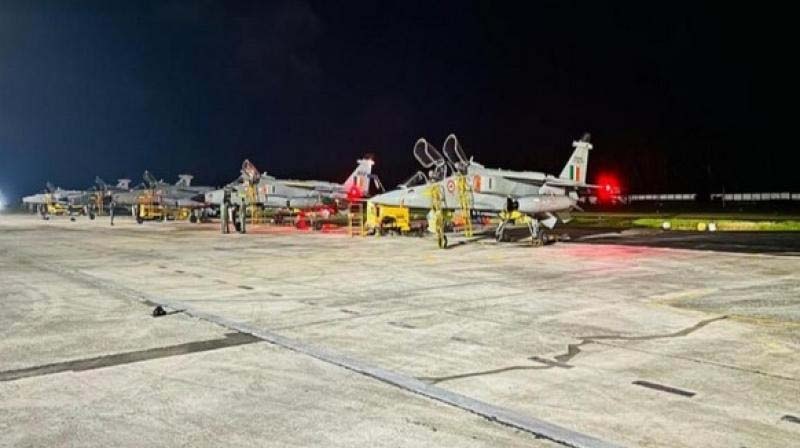India Approves Construction of Two Strategic Military Airfields Near Maldives

In a significant move, the Indian government has given the green light for the construction of two military airfields near the Maldives, only months after being asked to withdraw its troops from the archipelago. This decision comes at a time of heightened geopolitical tension in the Indian Ocean region, particularly concerning China's increasing influence.
The plan involves building an airfield on the Minicoy Islands, which lie approximately 50 miles (80 kilometers) from the Maldives. This facility will support the operations of both fighter and transport aircraft, providing a strategic boost to India's military capabilities in the region. Additionally, the existing military facility on Agatti Island in Lakshadweep will undergo an expansion to include an extended airfield. This airfield will serve both military and civilian purposes, enhancing the region's overall infrastructure.
Officials have stated that these new airfields will significantly enhance India's surveillance capabilities and provide a tactical advantage in the strategically important Indian Ocean. The Indian Air Force is expected to lead this ambitious project, reflecting India's commitment to bolstering its defense posture in the face of regional challenges.
A Calculated Strategic Move
The decision to build military infrastructure near the Maldives was first announced in March, just four months after the Maldives requested India to withdraw its troops. This request came from the newly elected pro-China President Mohamed Muizzu, who has been vocal about reducing India's influence in his country. Muizzu's administration has pushed the "India Out" campaign, arguing that India's presence threatens Maldivian sovereignty.
The timing of India's approval for the airfields has raised eyebrows internationally, particularly as the Maldives has recently strengthened its defense ties with China. This development has sparked concerns about China's potential to use the Maldives, along with its ally Pakistan, to expand its influence in the Indian Ocean.
By constructing these military installations near the Maldives, India aims to closely monitor and counteract any growing Chinese activities in the region. New Delhi has made it clear that any Chinese military presence in the Maldives would be perceived as a direct threat. This stance underscores the strategic importance of the new airfields, not just for India’s defense but also for maintaining regional stability.
Regional Implications
The establishment of these airfields is expected to have far-reaching implications for regional security dynamics. The Indian Ocean is a vital maritime corridor for global trade, and control over this region is crucial for maintaining economic and strategic balance. India's move to enhance its military infrastructure is a clear signal of its intent to assert its influence and safeguard its interests against external powers.
Furthermore, the expanded airfield on Agatti Island, serving both military and civilian purposes, indicates a dual-use strategy that could improve regional connectivity and economic development. This integration of civilian and military infrastructure is a pragmatic approach to bolstering India's presence while also contributing to the local economy.
India's approval for the construction of two military airfields near the Maldives is a strategic maneuver aimed at strengthening its defense capabilities and countering China's growing influence in the region. This move highlights India's proactive stance in safeguarding its interests and maintaining regional stability in the face of evolving geopolitical challenges. As the Indian Air Force leads this critical project, the new airfields on Minicoy and Agatti islands will serve as pivotal assets in India's defense architecture, ensuring a robust presence in the Indian Ocean.


